
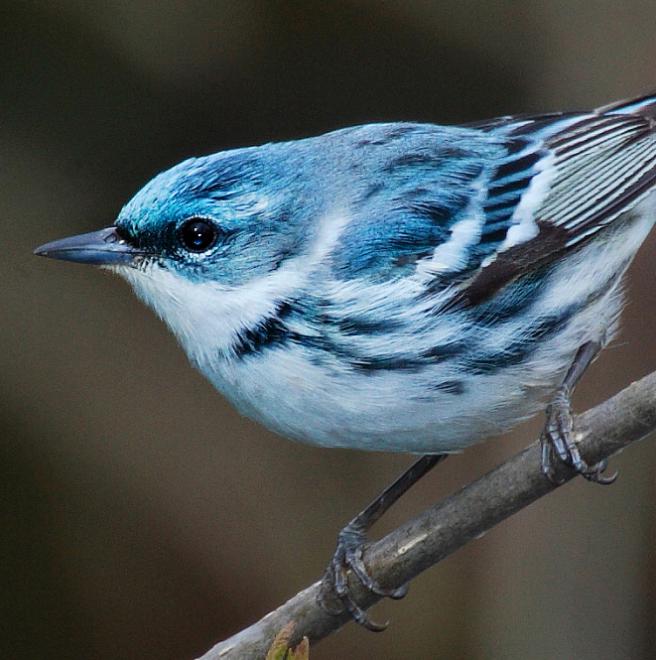
By 2080, this already declining Neotropical migrant is projected to have 98 percent of its current summer range shifted away from the current core, but it has potential to expand in the north, according to Audubon’s climate model. Mature hardwood forests that the bird depends on may not exist to the north and the forests expansion may not keep pace with the changing climate.
Are the projected range maps different from the range maps in field guides? Find the answer here.
Each spring this small blue forest bird travels from the northern Andes mountains to the eastern United States to breed. More of a treetop bird than most warblers, the Cerulean usually stays high in tall deciduous trees on the breeding grounds, where it is most easily detected by the male’s buzzy song. The male has the iconic cerulean plumage with white breast feathers, while the female has distinctly yellow undertone to her blue plumage and white lines over each of her eyes. An insectivore, it preys on insects it finds on leaves, occasionally eating fatty plant bits to supplement its diet when it needs extra energy during migration.
Explore more birds threatened by climate change around the country.
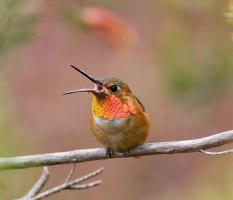
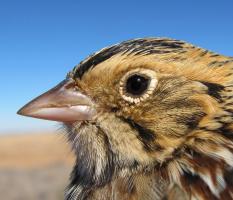
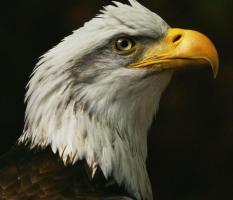
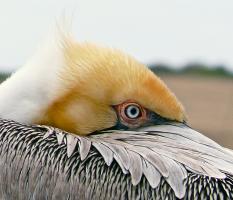

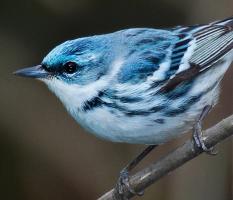
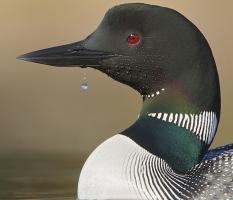
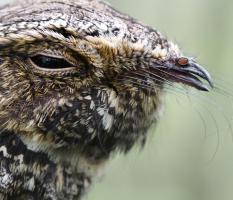





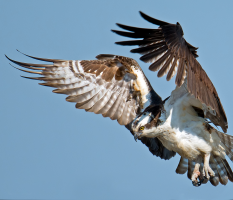
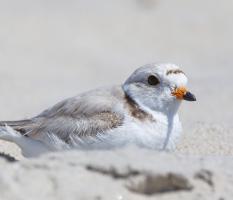

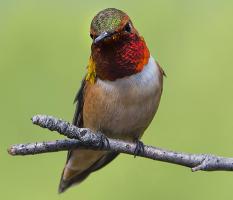

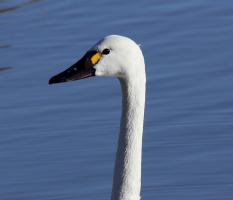
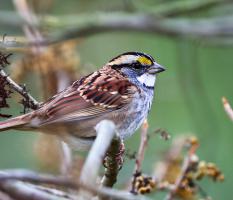

It's easier than you think to make a difference. Become an Audubon member today to help birds facing climate change.